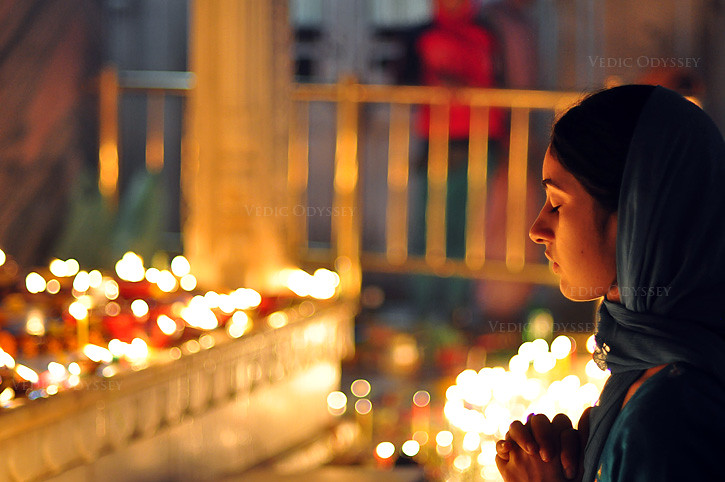
While the entire world knows why we celebrate Diwali, let’s take a moment to learn why is the occasion so special to the Sikhs. Hundreds of candles that line the walkways and porch of Harmandir Sahib cast a warm glow upon happy faces. Little children carefully watch their steps and wait patiently in line to light their candles tucked tightly inside their pockets. The lights and candles brighten up the entire premises are a treat to the eyes while the delicious langar, being served inside the langar hall, marks the celebration of the auspicious occasion of Bandi Chhor Divas – Prisoner Liberation Day.
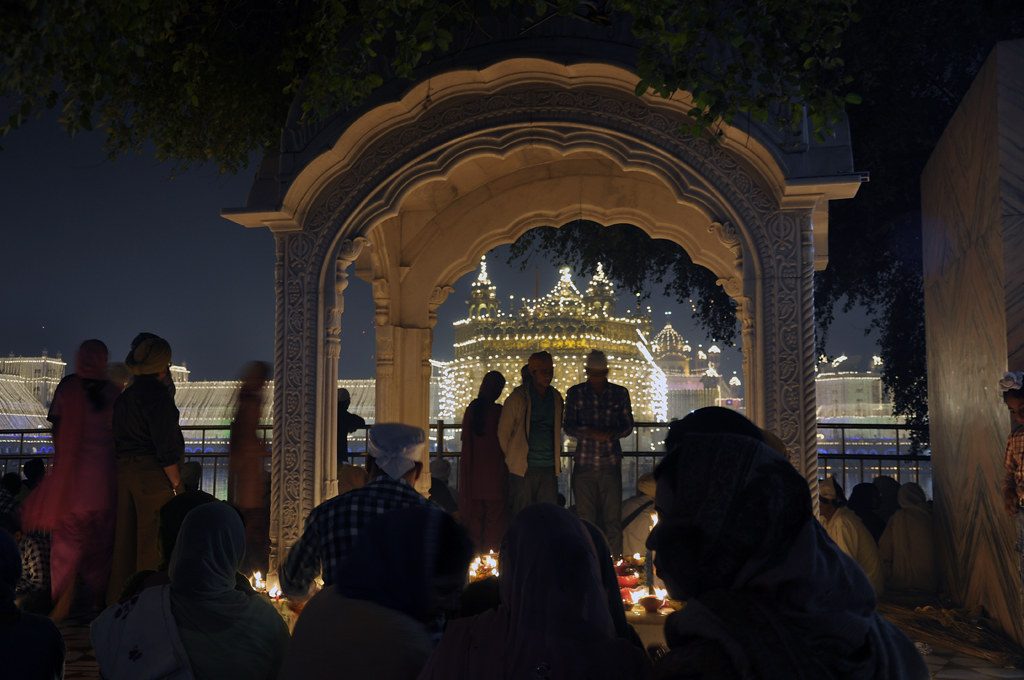
Bandi Chhor Divas – The Festival of Sikhs
When Hindus celebrate Diwali, the Sikh occasion for celebration is in remembrance of their history and the actions of their sixth Guru, Sri Guru Hargobind Sahib Ji.

The occasion of Bandi Chhor Divas first took place in autumn of 1619 and is now celebrated in October or November; the date changes according to the lunar calendar.
Why do Sikhs celebrate Bandi Chor Divas?
Guru Hargobind was imprisoned by Mughal emperor Jahangir for his rejection of forced Islamic conversion and the Mughal regime overall. Guru Ji was sent to Gwalior Fort and was held there for a few months. Gwalior Fort (Gwalior Qila) was one of the largest forts in India and the Mughals held their most powerful prisoners there. The majority of these prisoners were kings, princes and leaders who were either rebellious or uncooperative to the imposition of Islam and forced conversions by Jahangir.
It is believed that Jahangir eventually became very sick. One of his most important advisors, Sufi Saint Mian Mir who admired both Guru Hargobind and his father Guru Arjun Dev Ji, advised Jahangir to free Guru Hargobind Sahib since imprisoning a saint was a grave sin. The Emperor then sent for Guru Ji to be released.
However, Guru Hargobind refused, saying that he would not leave unless the other innocent prisoners were also released along with him. The Emperor initially refused this demand. He later agreed on one condition – in order to be released from the fort, each prisoner must be holding on to the Guru’s cholla as he walked out of the prison gates. The Emperor was pleased with himself because he was sure that a mere handful would be able to fulfill this condition.
In this case, Guru Ji commissioned his Sikh disciples to make a Cholla with 52 tassels hanging at the hem. 52 representing the number of political prisoners, many of whom were from different backgrounds, creeds and religions than that of Sikhism.
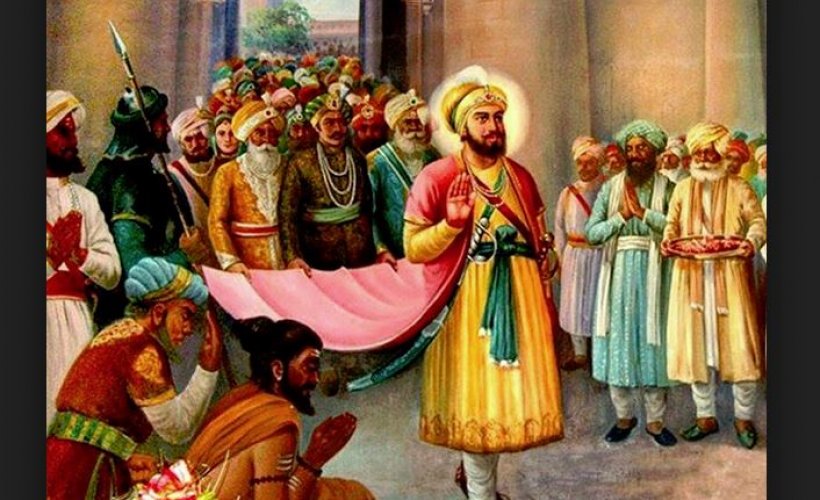
At the appointed time, the Guru donned the heavy cholla, which stretched for yards behind him. The 52 princes each grasped a panel; 26 on the right and 26 on the left. Walking behind the Guru, careful not to let go, they stepped out into the sunlight and freedom, to the cheers of the Guru’s Sikh disciples. Since then, Guru Hargobind came to be known as Bandi (prison) Chhor (liberator), and the day of liberation is celebrated as Bandi Chhor Divas.
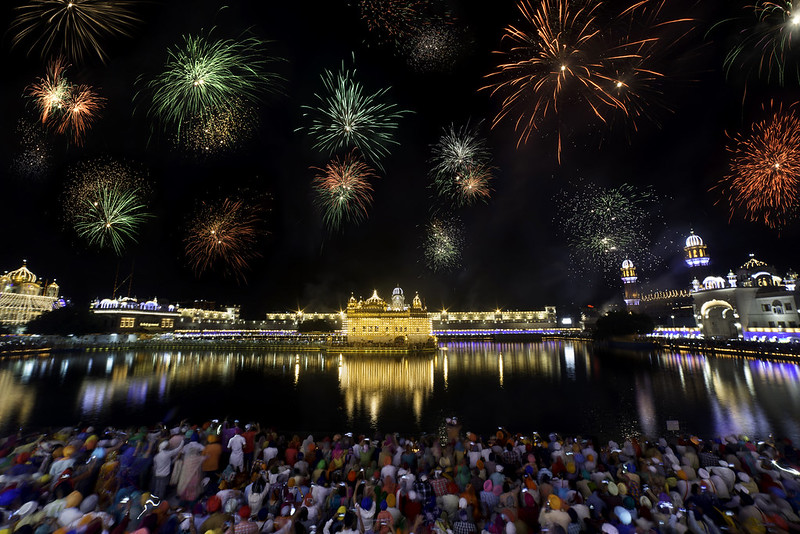
Guru Hargobind returned to Amritsar on the day of Diwali. Seeing their Guru again, Sikhs lit up the city, Akal Takht and Harmandir Sahib with thousands and thousands of diyas (small lamps) and then celebrated Diwali with full festivities. For the Sikhs, the return of their Guru was as big a celebration as the return of Lord Raam was for the Hindus.
The lighting of candles is a symbol of hope and guidance: clearing of darkness and guiding one’s way back to their home from the toughest journeys endured. This day is a reminder to mankind to never fear and to always stand up to the truth, justice and equality.
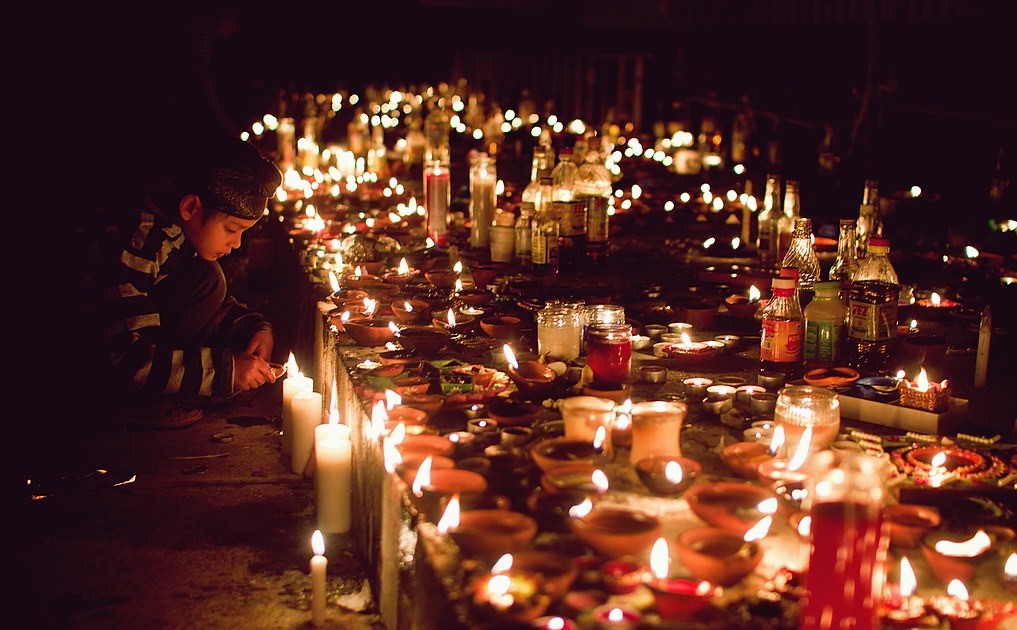
Bandi Chhor Divas will be celebrated on 4 November 2021. A visit to the Golden Temple on this day would be an extraordinary experience. With thousands of candles and floating lamps, strings of lights decorating the domes, fireworks, the shabads reverberating through the premises and finally basking in the spirit of joy and festivity, there cannot be a better way to remember Guru Hargobind whose contributions in saving the lives as well as religion of his fellow inmates will never be forgotten. For making your tour hassle-free with family, book a spacious tempo traveller in Amritsar.
You may also book a Ludhiana car rental or Chandigarh car rental service for a convenient journey to Amritsar.
Quick facts about Bandi Chor Divas
| Location | Amritsar, Punjab |
| Date | 4 November 2021 |
| Significance | A visit to the Golden Temple with thousands of candles and floating lamps, strings of lights decorating the domes, fireworks, the shabads reverberating through the premises and finally basking in the spirit of joy and festivity. |
If you plan to attend the Bandi Chhor Divas, here are a few commonly asked traveler questions:
1. What day is Bandi Chhor Divas?
This year, the Bandi Chor Divas will be celebrated on Thursday, 4 November 2021.
2. Why is Bandi Chhor Divas celebrated?
Bandi Chhor Divas celebrated to remember Guru Hargobind whose contributions in saving the lives as well as religion of his fellow inmates will never be forgotten.
3. Why Diwali day is Bandi Chor divas for Sikhs?
Guru Hargobind returned to Amritsar on the day of Diwali along with his followers after being release from Emperor Jahangir’s prison. Seeing their Guru again, Sikhs lit up the city with thousands of diyas (small lamps) and then celebrated Diwali with full festivities.
Last Updated on February 18, 2021 by Ruchika Poddar





